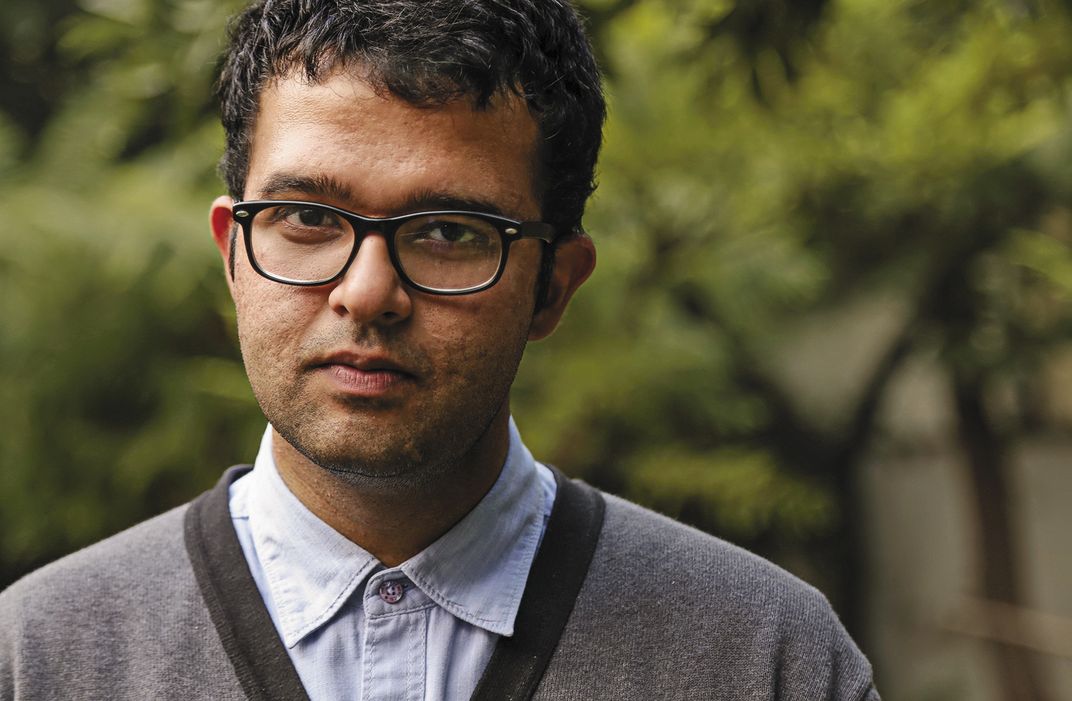Local Lens: Life on the Streets of Old Delhi
Instagram photographer Arjun Chhabra captures raw moments in the city’s alleyways and courtyards
Arjun Chhabra (@arjunchhabra) was not expected to be a photographer. In the city of Ranchi, where he was born, everyone thought he would follow in his father’s footsteps and become an accountant. But at the age of 22, he started taking pictures with his cell phone—and a new passion was lit. Speaking from New Delhi, he explains how using a cell phone brings him closer to his subjects, and why he wants to take pictures that matter.
You’re studying photography, but you mostly use a cell phone and post your photographs to Instagram. Why do you like that way of working?
When I started photography, I did not have a professional camera, so I used my cell phone. When I finally got a camera, I was very excited, but after a few years I rediscovered my love for cell phone photography and started Instagramming while I was doing college assignments.
Do you have a particular “beat” you work in?
I mostly photograph in Old Delhi, which has been largely untouched by development. It is as if time has stood still. There are buildings and houses dating back 200 years, where people still live. The colors are vibrant and varied.
I presume the shot with the three children and the green and yellow van was posed?
It wasn’t. [Laughs] I was out in the old quarters of Delhi when I stumbled across these kids sitting inside an auto rickshaw driver’s van. I was careful not to be detected. I must have made around a hundred pictures before I got the photo that I wanted.
Talk about the image of the father and son curled up.
I used to visit this one particular metro station in New Delhi, right next to the All India Institute of Medical Sciences hospital. It’s a government-run hospital; people can get treated at very low cost. Most of the patients come from the poorer sections of the city or the countryside. Because of overcrowding [in the hospital], many don’t have a place to sleep. This man came from the city of Karnal, in Haryana state, close to Delhi, suffering from a liver infection, and was there with his son. He told me he had come to Delhi four days earlier and had an appointment the following week. These people are like medical refugees. They come in the hope of getting treatment that will not cost a fortune but end up waiting for days or even months.
*****
*****
*****
*****
*****
*****
*****
*****
Arjun Chhabra:

Head to Chhabra's Instagram for more of his visual journals.
***
Read more from the India Issue of the Smithsonian Journeys Travel Quarterly.
Planning Your Next Trip?
Explore great travel deals
Smithsonian magazine participates in affiliate link advertising programs. If you purchase an item through these links, we receive a commission.